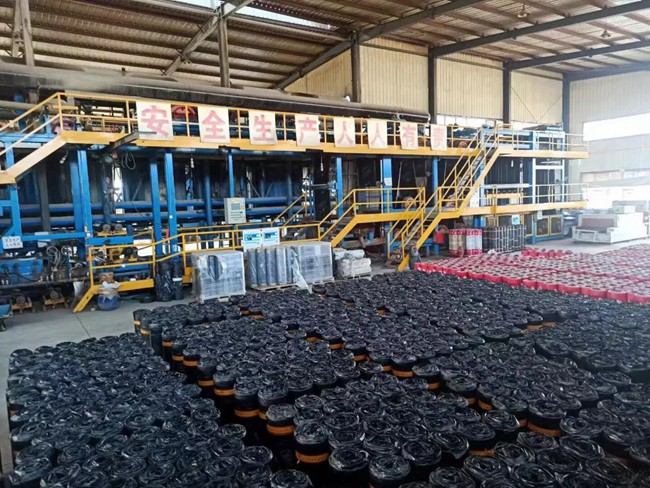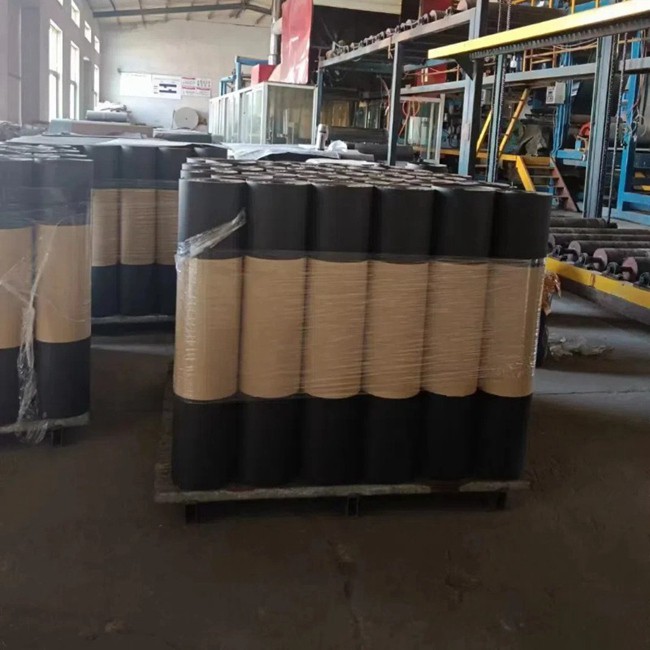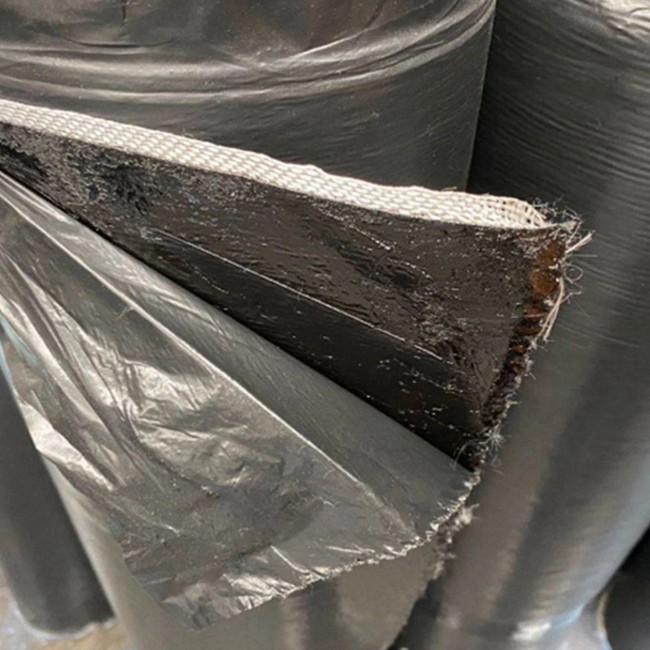Factory Sypplier Wooden Roofing Materials Black Asphalt Tar Paper
Product description
The production process of asphalt felt paper mainly includes preparing raw materials (such as asphalt, paper, accelerators, stabilizers, etc.), operating equipment (such as asphalt melting pot, coating mixer, rolling mill, etc.), and specific process flow. During the production process, various raw materials are mixed in proportion, stirred evenly by a mixer, and then pressed into rolls or processed into felt paper of the required thickness by a rolling mill. Subsequently, the oil felt paper is subjected to heating, embossing, and other treatments to increase its anti slip performance and aesthetic appeal. Finally, the processed felt paper is cut and packaged to complete the production process.

There are many types of oil felt paper, which can be divided into petroleum asphalt felt, coal asphalt felt, low-temperature resistant felt, powder faced felt, sand faced felt, colored sand faced felt, mineral wool paper felt, asphalt glass cloth felt, metal foil felt, hot-melt felt, self-adhesive felt, flame retardant felt, etc. according to the type of asphalt and spreading fabric, tire base material, functional characteristics, etc. Among them, petroleum asphalt felt can be divided into three specifications according to their grades: 200, 350, and 500. Each specification of felt has its specific application scenarios and performance characteristics.

Construction asphalt felt paper is a building material made from animal hair or plant fibers, which is soaked in asphalt and made from felt or thick paper blanks. It has the characteristics of impermeability and toughness, and is usually used as a waterproof and moisture-proof layer for roofs, foundations, basement walls, etc. Oil felt paper is also a general term for asphalt waterproofing membranes, which can be made into various types and specifications of products according to different materials and processes.

Construction precautions
Grassroots treatment: Before construction, the base should be thoroughly cleaned and treated to ensure that it is flat, clean, free of oil stains and loose materials.
Laying technique: When laying asphalt glass cloth felt, attention should be paid to the overlap width and overlap method between the rolls to ensure a tight bond between the rolls and the integrity of the waterproof layer.
Temperature control: During the construction process, the temperature and viscosity of the asphalt should be strictly controlled to ensure that the asphalt can be evenly coated on the fiberglass fabric and form a good bonding effect.
Post maintenance: After construction is completed, necessary maintenance and protection should be carried out on the waterproof layer to avoid damage or destruction.

The reason for the occurrence of hollowing in asphalt glass cloth and felt is often due to the high moisture content of the base layer of the membrane waterproof layer. Before the leveling layer is dried, the membrane waterproof layer is constructed to seal the moisture inside, and when exposed to hot gas, the waterproof layer swells up; When laying different types of oil felt rolls, if the pressure is not tight and the adhesion is not dense, the hot air generated during the operation will be trapped, causing the rolls to bubble and bulge. During construction, attention should be paid to the dryness of the base layer. During operation, it should be compacted and tightly adhered, and no gas should be trapped to prevent hollowing.

Recommended products




